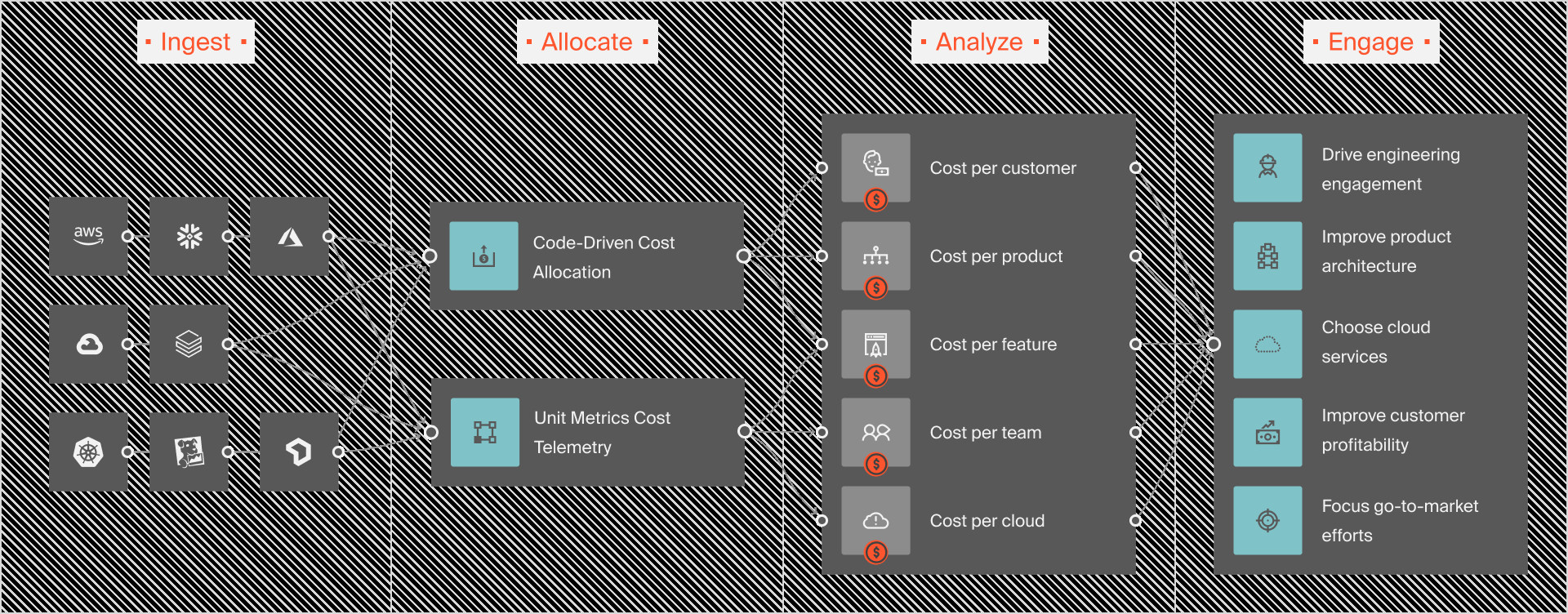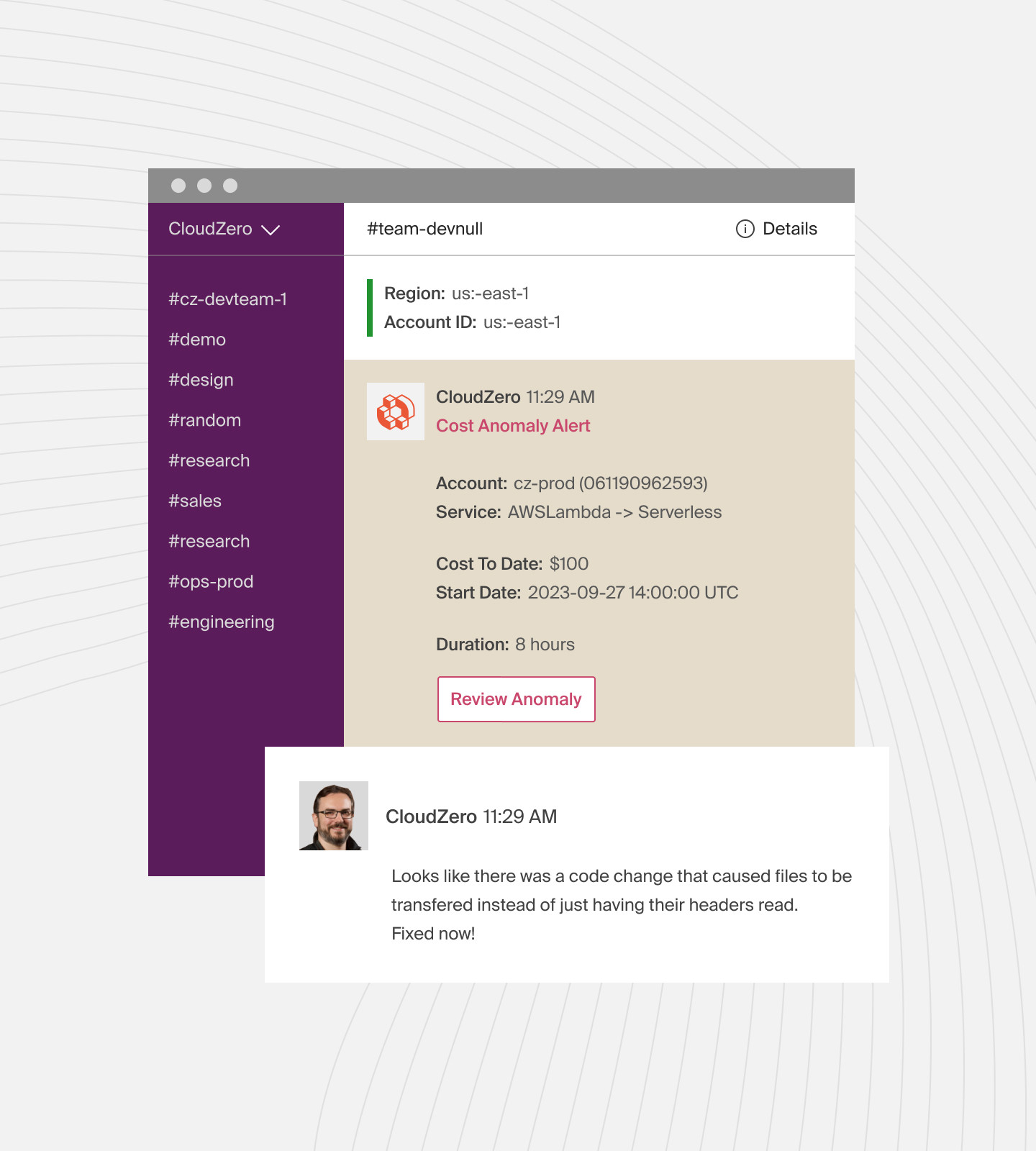Amazon Web Services (AWS) has been at the forefront of cloud computing since 2006, holding the largest market share at approximately 34%. This dominance is built upon a vast and intricate global infrastructure. But when we talk about this infrastructure, what are we really discussing? Often referred to as “the cloud,” it’s actually a massive network of physical data centers. So, naturally, one of the first questions for anyone looking into cloud services is: How Many Amazon Server Farms are there?
To understand the scale of AWS, it’s crucial to delve into the physical foundation that powers its services. AWS, as a Cloud Service Provider (CSP), operates numerous data centers worldwide. These are not ethereal clouds, but tangible facilities filled with computing machines and all the supporting hardware. AWS constructs, maintains, and upgrades these data centers to rent out computing infrastructure to businesses over the internet. This model allows organizations to avoid the significant costs and complexities of managing their own on-premises data centers.
In essence, the cloud is a network of third-party data centers and managed IT infrastructure. Let’s break down what a data center is and then explore the scope of Amazon’s global network.
Understanding Data Centers: The Physical Heart of the Cloud
A data center is a physical building designed to house and operate computer systems and associated components, such as telecommunications and storage systems. It’s the tangible location where digital data lives. Modern data centers are critical infrastructure for businesses, storing everything from application data to customer information.
An AWS data center specifically provides scalable computing power accessible to numerous businesses anytime, anywhere via a network. Instead of investing in their own data centers, companies pay subscription fees to access AWS’s global network of data center infrastructure. This is the essence of cloud computing.
AWS offers over 200 different services and products, and almost all AWS data centers support a wide array of these cloud services. These include compute, storage, networking, databases, enterprise applications, security, analytics, Machine Learning (ML), Artificial Intelligence (AI), mobile services, developer tools, Internet of Things (IoT) solutions, and much more. These services collectively enable what we know as Cloud Computing.
The Scale of AWS Data Centers: Numbers and Geography
So, how many Amazon server farms or data centers does AWS operate? While the term “server farm” is often used interchangeably with “data center,” it’s important to understand they are essentially the same thing in this context – large facilities housing numerous servers.
Currently, AWS operates over 100 data centers worldwide. Each of these facilities can house up to 50,000 servers. As of 2014, it was estimated that AWS had over 1.4 million servers across its global data center footprint, and this number has undoubtedly grown significantly since then.
AWS’s infrastructure is strategically spread across 31 AWS Regions and 99 Availability Zones (AZs), encompassing 245 countries and territories. Furthermore, AWS utilizes over 400 Edge Locations, 34 Local Zones, and 115 Direct Connect Locations to optimize content delivery and network performance globally. And AWS continues to expand, with plans to launch an additional 5 Regions and 15 Availability Zones in the near future.
Understanding AWS Regions and Availability Zones is key to appreciating the distributed and resilient nature of their infrastructure.
 Diagram illustrating AWS Global Infrastructure with Regions and Availability Zones
Diagram illustrating AWS Global Infrastructure with Regions and Availability Zones
Alt text: Diagram showing AWS Global Infrastructure, highlighting Regions as geographical areas and Availability Zones as isolated data centers within regions for redundancy.
AWS Regions: Geographic Clusters of Data Centers
An AWS Region is a defined geographical area where AWS has clustered data centers. These 31 launched AWS Regions are strategically located across the globe, spanning every continent except Antarctica. North America, Europe, and Southeast Asia host the highest concentration of AWS Regions.
The first AWS Region, US East (Northern Virginia), launched in 2006 and currently boasts the highest number of Availability Zones – six. Regions are designed to provide customers with a local presence, allowing for lower latency and data sovereignty compliance.
AWS Availability Zones: Ensuring Resilience and Redundancy
Within each AWS Region, you’ll find Availability Zones. An AWS Availability Zone is composed of one or more physically separate data centers, each with independent power, cooling, and networking. Despite their physical separation, they are logically connected through high-bandwidth, low-latency networks. This architecture is crucial for building resilient and highly available applications.
By distributing data across multiple Availability Zones within a Region, AWS ensures that your data remains accessible even if one data center experiences an outage. This design is ideal for robust backup and disaster recovery strategies. A single AWS Region comprises multiple independent AZs, geographically distinct yet in close proximity within the same general area.
Differentiating AWS Infrastructure Components: Availability Zones, Local Zones, and More
While Availability Zones are fundamental, AWS offers other infrastructure components to cater to diverse needs:
- AWS Availability Zone: As explained, a group of geographically separated but logically interconnected data centers within a Region, designed for high availability and fault tolerance.
- AWS Local Zone: An extension of an AWS Region, positioned geographically closer to specific metro areas. Local Zones allow you to run latency-sensitive applications closer to end-users, improving performance for applications requiring very low latency.
- AWS Wavelength: Designed for ultra-low-latency applications, AWS Wavelength embeds compute and storage services within 5G networks of telecommunications providers. This is ideal for mobile edge computing scenarios, reducing latency for mobile applications.
- AWS Outposts: AWS Outposts bring native AWS services, infrastructure, and operating models to virtually any on-premises location, such as a data center or co-location space. This provides a consistent hybrid cloud experience, allowing you to use AWS services on-premises.
- AWS Edge Locations: These data centers are designed to cache content closer to end users, reducing latency for content delivery. AWS Edge Locations are part of the Amazon CloudFront CDN and include Local Zones and Regional Edge Caches.
- AWS Regional Edge Caches: These are strategically placed CloudFront locations positioned between origin servers and Edge Locations. They cache content for longer durations and serve a larger geographic area than Edge Locations, further optimizing content delivery performance.
Global Locations of AWS Data Centers: A Worldwide Footprint
AWS data centers are strategically located across North America (US and Canada), Europe (Germany, UK, France, Ireland, Sweden, Italy, Switzerland, and Spain), Asia Pacific (China, Japan, India, Indonesia, and Singapore), Middle East (Bahrain, UAE, and Israel), Africa (South Africa), South America (Brazil), and Australia/New Zealand.
Within these regions, AWS further distributes its infrastructure with numerous edge locations and regional edge caches. Pricing for AWS services can vary between Regions and Availability Zones, influenced by factors like local costs and demand. For example, the US East (Ohio) Region is often noted for its competitive pricing.
Here’s a breakdown of AWS data center locations by Regions and Availability Zones:
North America
AWS has a significant presence in North America with:
| AWS Regions | Availability Zones | AWS Local Zones |
|---|---|---|
| US East (Northern Virginia) | 6 | 10 |
| US East (Ohio) | 3 | |
| GovCloud (US East) | 3 | |
| US West (Oregon) | 4 | 7 |
| US West (Northern California) | 3 | |
| GovCloud (US West) | 3 | |
| Canada (Central) | 3 |
Europe
In Europe, AWS’s reach includes:
| AWS Regions in Europe | Availability Zones |
|---|---|
| Europe (Ireland) | 3 |
| Europe (Frankfurt) | 3 |
| Europe (London) | 3 |
| Europe (Paris) | 3 |
| Europe (Stockholm) | 3 |
| Europe (Zurich) | 3 |
| Europe (Spain) | 3 |
| Europe (Milan) | 3 |
Asia Pacific
The Asia Pacific region is also a major focus for AWS:
| AWS Regions in Asia Pacific | Availability Zones |
|---|---|
| Asia Pacific (Singapore) | 3 |
| Asia Pacific (Tokyo) | 4 |
| Asia Pacific (Osaka) | 3 |
| Asia Pacific (Hong Kong) | 3 |
| Asia Pacific (Ningxia) | 3 |
| Asia Pacific (Beijing) | 3 |
| Asia Pacific (Hyderabad) | 3 |
| Asia Pacific (Mumbai) | 3 |
| Asia Pacific (Jakarta) | 3 |
| Asia Pacific (Seoul) | 4 |
Middle East
AWS is expanding its presence in the Middle East:
| AWS Regions in The Middle East | Availability Zones |
|---|---|
| Middle East (Bahrain) | 3 |
| Middle East (UAE) | 3 |
Australia and New Zealand
AWS’s infrastructure in Australia and New Zealand includes:
| AWS Regions in Australia and New Zealand | Availability Zones |
|---|---|
| Australia (Sydney) | 3 |
| Australia (Melbourne) | 3 |
Africa
AWS has established a presence in Africa with:
| AWS Regions in Africa | Availability Zones |
|---|---|
| Africa (Cape Town) | 3 |
South America
South America currently has one AWS Region:
| AWS Regions in South America | Availability Zones |
|---|---|
| South America (Sao Paulo) | 3 |
AWS Data Center Sustainability Initiatives: A Greener Cloud
AWS is actively working to minimize its environmental impact through various sustainability initiatives:
- Commitment to powering global operations with 100% renewable energy by 2025.
- Utilizing solar and wind farms to generate renewable energy.
- Investing in advanced cooling technologies to reduce energy consumption in data centers.
- Implementing water stewardship programs to minimize water usage.
- Recycling electronic waste from decommissioned servers.
- Partnering with governments to promote sustainability.
- Implementing carbon reduction strategies throughout its supply chain.
- Supporting circular economy models to extend the lifespan of hardware.
- Providing customers with tools to monitor and reduce their carbon footprints.
- Innovating in energy storage to enhance renewable energy usage during peak demand.
AWS Data Centers vs. Competitors: Market Leadership
Compared to other major cloud providers like Microsoft Azure and Google Cloud Platform (GCP), AWS stands out in terms of scale and global reach:
- AWS: Leading with over 100 data centers across 31 Regions and 99 Availability Zones, offering a comprehensive suite of services, from basic computing to advanced AI, serving a vast global customer base.
- Azure: With over 65 Regions, Azure is known for its strong integration with Microsoft products and excels in hybrid cloud solutions through Azure Stack, facilitating on-premises to cloud extensions.
- GCP: Google Cloud operates 38 Regions and is particularly strong in data analytics, machine learning, and high-performance computing, with leading AI services but a smaller global infrastructure footprint compared to AWS and Azure.
Understanding and Managing Cloud Costs
As AWS continues to expand its data center network to meet growing cloud demand, managing cloud costs becomes increasingly critical. Tracking, analyzing, and optimizing AWS infrastructure spending can be challenging, especially across multiple regions and Availability Zones. Data transfer costs and complex pricing models can often lead to unexpected expenses.
CloudZero: Gaining Control Over AWS Costs
Platforms like CloudZero offer solutions for managing and optimizing cloud spending. CloudZero provides granular cost visibility, allowing you to understand costs per customer, project, feature, team, and environment. This level of detail enables businesses to gain actionable insights into their cloud spending.
 CloudZero platform visualizing cloud cost management
CloudZero platform visualizing cloud cost management
Alt text: CloudZero platform interface showing cloud cost management with features for ingesting, allocating, analyzing, and engaging with cost data.
CloudZero supports cost analysis across AWS, Azure, and GCP, as well as other cloud-based tools like Kubernetes, Snowflake, and Databricks, providing a unified view of all cloud expenditures. Features like 100% cost allocation, shared cost visibility, and real-time cost anomaly detection and alerting help organizations optimize their cloud investments and prevent budget overruns.
 CloudZero cost anomaly alerts interface
CloudZero cost anomaly alerts interface
Alt text: CloudZero interface displaying cost anomaly alerts, showing unexpected spikes in cloud spending for proactive cost management.
To explore how CloudZero can help you manage your cloud costs, take a tour or contact their team to see how companies are achieving significant savings on their AWS spend.
AWS Data Center FAQs
Who builds AWS data centers?
AWS data centers are designed, constructed, and maintained entirely by Amazon Web Services (AWS). This ensures they meet AWS’s stringent standards for security, performance, and scalability.
How many data centers does AWS have today, and where are they located?
AWS currently operates over 100 data centers globally, distributed across 31 AWS Regions, 99 Availability Zones, and over 400 edge locations in 245 countries and territories. Locations span North America, Europe, Asia Pacific, Middle East, Africa, South America, and Australia/New Zealand.
How many Availability Zones does AWS offer?
AWS offers 99 Availability Zones and is continuously expanding, with plans for more in the future.
How many data centers are in an AWS Availability Zone?
An AWS Availability Zone comprises one or more data centers. While the exact number varies, each AZ includes multiple data centers to ensure redundancy and resilience.
How many servers does AWS have?
While exact current numbers are not publicly available, as of 2014, AWS had over 1.4 million servers. Data centers can house up to 50,000 servers each, and given AWS’s continued growth, the current number is significantly higher.
What are AWS Edge locations?
AWS Edge locations are data centers that cache content closer to end users, enhancing content delivery speed and reducing latency, particularly for services like AWS CloudFront.
What is the difference between a data center and the cloud?
A data center is a physical facility housing servers and IT infrastructure. The cloud, in the context of AWS, is the distributed network of these data centers, providing on-demand access to computing resources over the internet. AWS manages the infrastructure in the cloud, whereas owning a data center requires self-management.
 Diagram illustrating the difference between a data center and the cloud
Diagram illustrating the difference between a data center and the cloud
Alt text: Diagram contrasting a physical data center building with a cloud graphic, symbolizing the distributed and virtual nature of cloud computing compared to on-premise infrastructure.
Author: Cody Slingerland
Cody Slingerland is a FinOps certified practitioner and content creator specializing in SaaS and technology. He collaborates with subject matter experts to produce insightful content for the CloudZero blog.


